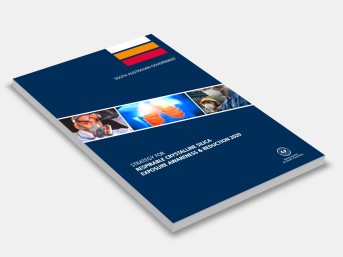Strategy For Respirable Crystalline Silica Exposure Awareness & Reduction 2020
South Australian Government
Silicosis is an occupational lung disease caused by the inhalation of respirable crystalline silica. Fine particles, invisible to the naked eye, trigger inflammation and fibrosis in the lungs, leading to progressive, irreversible, and potentially disabling disease.
Mineral sources of silica are abundant and include quartz, granite, sandstone, slate, and sand. Miners, quarry workers, manufacturers, and construction workers are traditionally prone to the disease. Manufacturers and fabricators of engineered stone products are at higher risk due to fine (respirable) particles entering the respiratory tract during the cutting and polishing of artificial stone benchtops containing a high concentration of silica.
There is a workplace exposure limit for respirable crystalline silica in Australia. A workplace exposure limit for a particular chemical sets out the legal concentration limit of that chemical that must not be exceeded in a workplace. On 1 July 2020, South Australia cut this limit by half, to 0.05mg/m3 measured as an eight-hour time weighted average, as agreed with other states and territories.
Contents:
Introduction
Silicosis Prevention – Already A Priority
A Connected Government
OBJECTIVES
Priority Area 1: Health Outcomes For Individuals
Priority Area 2: Supporting Businesses And Industry
Priority Area 3: A Connected Government
Priority Area 4: National Collaboration
Priority Area 5: Strategic Research And Evaluation Of Best Practice
TARGETS
Priority Area 1: Health Outcomes For Individuals
Priority Area 2: Supporting Businesses And Industry
Priority Area 3: A Connected Government
Priority Area 4: National Collaboration
Priority Area 5: Strategic Research And Evaluation Of Best Practice
